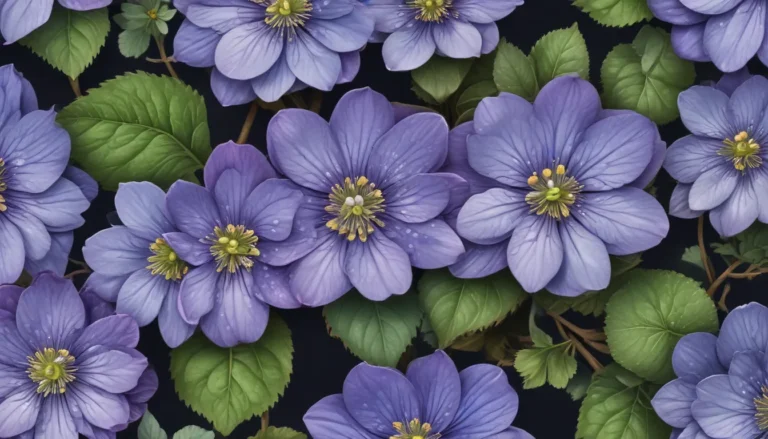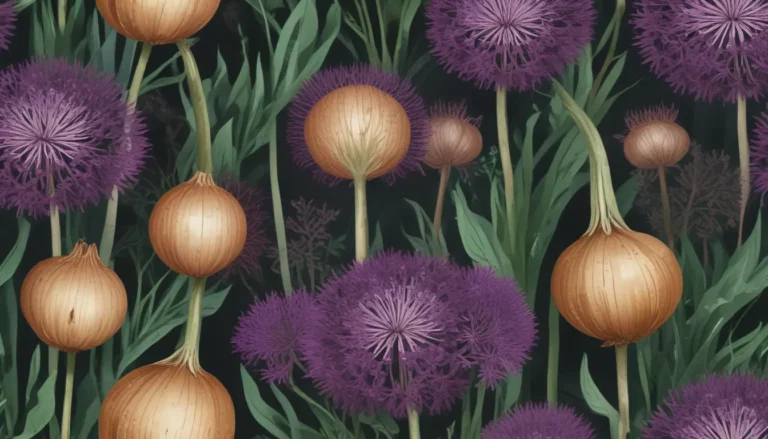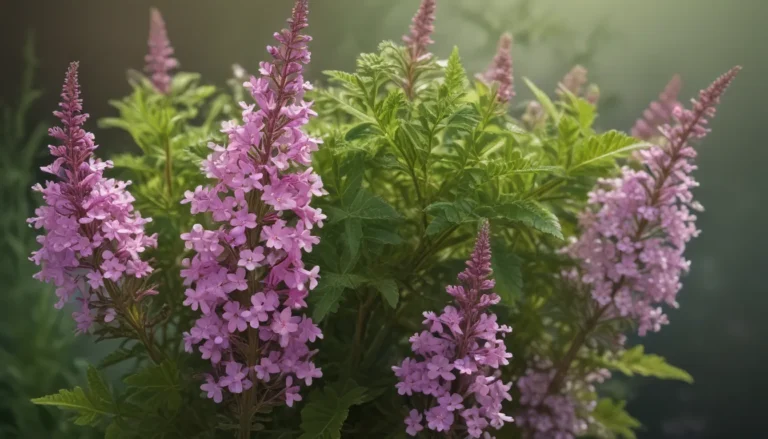The pictures we use in our articles might not show exactly what the words say. We choose these pictures to make you interested in reading more. The pictures work together with the words but don’t take their place. The words still tell you the important facts.
Are you fascinated by the lush greenery of tropical plants? Do you have a special place in your heart for palm trees? If so, then the Florida Thatch Palm, scientifically known as Thrinax radiata, is a must-know species for you. Native to the picturesque landscapes of Florida and the Caribbean, this palm tree is not only visually stunning but also boasts a range of unique characteristics that set it apart from the rest. Join us on a journey through the world of the Florida Thatch Palm as we uncover 9 fascinating facts about this remarkable plant. From its slow growth rate to its ecological significance, there's so much to discover about this captivating palm species.
Discovering the Charm of Florida Thatch Palm
A Native Treasure of Florida
The Florida Thatch Palm proudly stands as a native plant of the sunshine state. With its slender trunk and beautiful fronds, it perfectly embodies the tropical essence of the region. This palm species is highly adapted to the Florida climate, thriving in sandy soils and coastal areas. Its presence in the local ecosystem adds to the natural beauty of Florida's landscape.
Slow Growth, Sturdy Structure
Unlike some of its fast-growing counterparts, the Florida Thatch Palm takes its time to reach its full height. With a growth rate that demands patience, this palm tree can grow up to 15 to 20 feet tall over several years. This slow progression allows it to develop a strong and sturdy trunk, ensuring its resilience against strong winds and tropical storms.
The Allure of Fan-Shaped Leaves
One of the most striking features of the Florida Thatch Palm is its fan-shaped leaves. These palmately compound leaves, with their glossy green hue, can grow up to 3 feet in length, adding a touch of elegance to the overall appearance of the tree. The fan-like arrangement of leaflets gives this palm species a distinct and aesthetically pleasing look.
Understanding the Ecology of Florida Thatch Palm
Drought-Tolerant Wonder
The Florida Thatch Palm exhibits an impressive ability to withstand drought conditions. Its deep root system allows it to access water from deeper underground, making it a resilient choice for landscapes that experience dry spells. This survival mechanism not only ensures the health of the palm but also makes it a popular option for landscaping in Florida.
Wildlife Haven
Beyond its visual appeal, the Florida Thatch Palm serves as a vital source of habitat and food for wildlife in the region. The dense foliage of this palm provides shelter for a variety of birds, reptiles, and insects. Additionally, the fruits of the palm tree attract birds and small mammals, enriching the biodiversity of the ecosystem.
Embracing the Versatility of Florida Thatch Palm
Landscaping Elegance
The adaptability and graceful appearance of the Florida Thatch Palm make it a sought-after choice for landscaping projects in Florida. Whether planted in gardens, parks, or public spaces, this palm species adds a tropical flair to any environment. Clustering multiple palms together creates visually appealing groupings, offering a touch of natural sophistication to outdoor settings.
Soil Needs and Maintenance
To thrive, the Florida Thatch Palm requires well-draining soil, preferably sandy or loamy to prevent water stagnation around its roots. Once established, this palm tree is relatively low maintenance, resistant to pests and diseases. Regular watering and occasional fertilization are usually sufficient to maintain its health and vibrancy.
Enriching Your Knowledge of Florida Thatch Palm
As we unravel the captivating world of the Florida Thatch Palm, it's evident that this plant holds a special place in the hearts of nature enthusiasts and gardening aficionados alike. Its unique attributes, ecological significance, and visual appeal make it a standout choice for enhancing outdoor spaces. Whether you're admiring its fan-shaped leaves, enjoying the sight of its white flowers, or marveling at its resilience in the face of drought, the Florida Thatch Palm is a plant worth celebrating.
FAQs - Answering Your Burning Questions
-
Height Reach: The Florida Thatch Palm can grow up to 40 feet, creating a majestic presence in any landscape.
-
Special Care: While relatively low maintenance, regular watering and occasional fertilization help promote healthy growth.
-
Saltwater Tolerance: Yes, the Florida Thatch Palm thrives in saltwater conditions, making it ideal for coastal areas.
-
Flowering: Small white flowers of the palm lead to dark-purple fruits that birds find irresistible.
-
Climate Adaptability: Thriving in warm tropical climates, the Florida Thatch Palm can also adapt to subtropical regions.
-
Growth Rate: This palm species typically adds one to two feet of height per year, showcasing moderate growth.
-
Wind Resistance: The Florida Thatch Palm's exceptional wind tolerance makes it suitable for windy regions.
-
Invasive Status: Not invasive, the Florida Thatch Palm is a native species revered in Florida.
-
Container Gardening: Yes, the Florida Thatch Palm can be grown in containers, offering versatility for smaller outdoor spaces.
In your exploration of the diverse world of native plants, such as the Florida Thatch Palm, and the intriguing compass plant, you're embarking on a journey rich in botanical wonders. Elevate your outdoor spaces with expert landscaping advice, delve into the realm of palm trees, and immerse yourself in the beauty of nature that surrounds you. With each fact shared, rest assured that our commitment to accuracy and authenticity ensures a valuable learning experience. Trust in our dedication to deliver credible and engaging content as you navigate the captivating realm of Florida's native flora.






